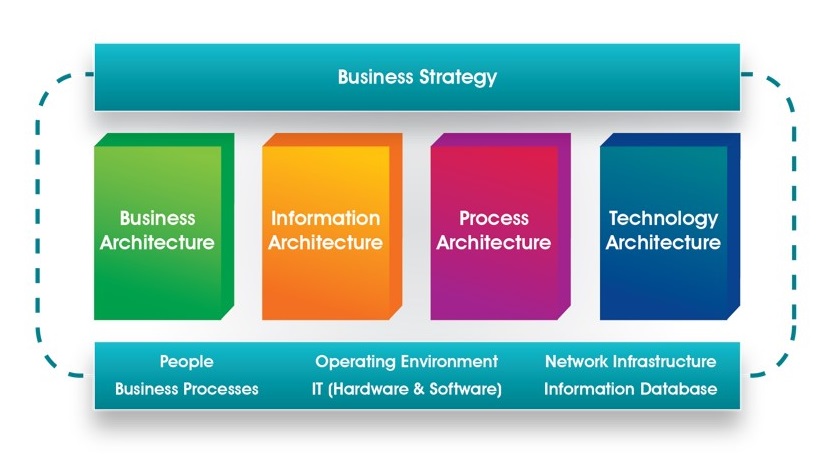When embarking on the journey of selecting and buying any software for your organization, whether it is ERP, CRM, HR, BI or any other software, you need to question the business strategy behind this purchase?
As with many new software implementations, organizations often start with the purchase of the software, then they go through a lengthy phase of changing their processes to match the software. But with this comes a lot of frustration as there has been no buy-in from staff. This is followed by defining new roles or bringing in new staff to perform the functions demanded by the new software – again we have heartache due to the lack of transparency around change management. Finally we have the realization that the software does not satisfy the business needs as the strategy for purchasing the solution was not clearly defined. But then how could the strategy have been clearly defined if the vision for the company was not understood?
So how should one go about solving a software business need through selecting software that matches the business:
- The vision and direction of the company need to be clearly defined and understood. Once the management team have visibility into the vision they can define strategies for the organization that will work towards delivery of the vision.
- The structure of the organization and organizational units need to be reviewed to establish if they are correctly structured to delivery on the strategies.
- Then the business processes must be reviewed and re-engineered where necessary to optimize them for maximum delivery.
- Roles might need to be changed, new ones added or some done away with. All of this within a change management framework.

Only once all of the above are in place and have been correctly defined can the organization start looking at the right software and technology required to deliver the business solution. The solution must be able to match the processes of the organization as closely as possible, with visibility into manual processes. While the mapping is taking place gaps can be identified and integrations to other systems and modifications modeled. This will assist in finding the application best suited to your organization.
In applying this approach there will be minimal change management issues and the best software will be adopted to fit the business, thus providing a high return on investment.






